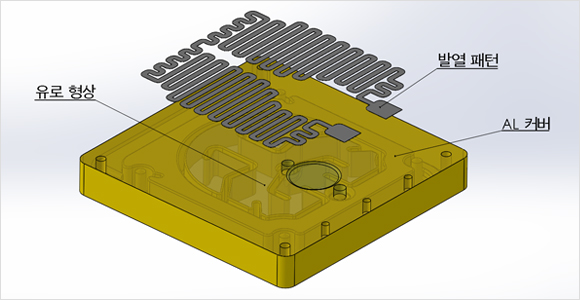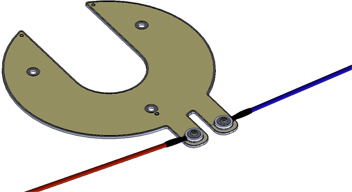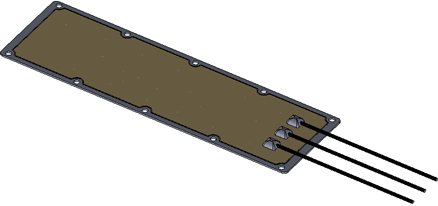What is Print Thick Film heater?
This is a printing heater made by stacking insulating ink, heating ink, and electrode ink on the substrate in the area where heat is desired.
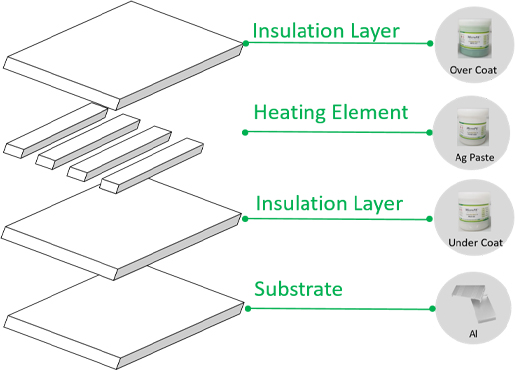
- Insulation ink suitable for plate-type materials such as SUS&Al
- High heat-resistant electrode ink and high-temperature heating ink
- Insulation protection ink to protect the heating area
- Assembly part electrode connection terminal - Soldering, Bolting, Adhesive & Molding, Spring, Welding, Blazing
Major development areas
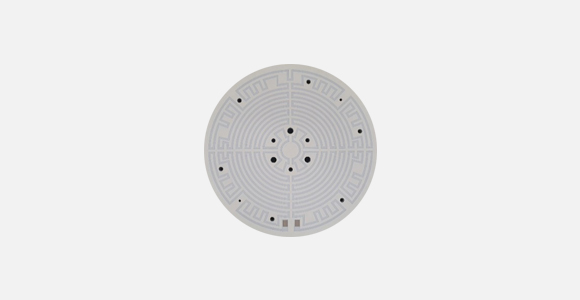
Aluminum printing heater
semiconductor manufacturing equipment, MLCC aging heater, food dryer heater, drying furnace, air heater, etc.
Manufacturing process
-

Heating paste & High insulating paste
-
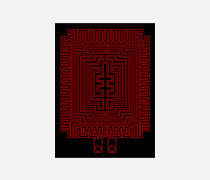
Pattern design
-
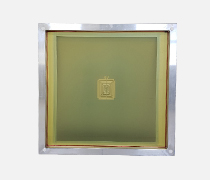
Screen engraving
-
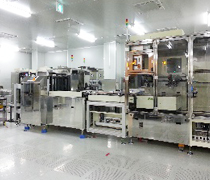
Printing line
-

heater
- Prepare heating paste and insulating paste respectively.
- After designing the pattern according to the heating temperature, screen engraving is performed according to the desired specifications.
- After repeating printing and drying several times, a printed thick film heater integrated into the substrate is manufactured.
Advantages
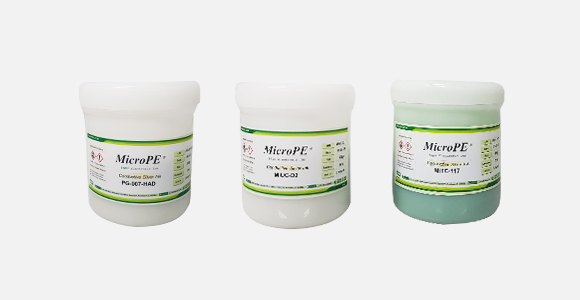
Paste manufacturing for heater
- Insulation Paste
- Resistor Paste
- Conductor Paste
- Sensor Paste
We directly manufacture the above 4 types of ink and apply it to our products.
-
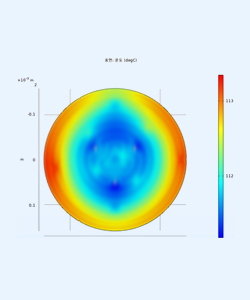
temperature simulation
-

Sensarray test
Uniformity
- Through adjusting the pattern spacing and optimizing the printing, 182.5 ±1.5℃
- Reduced the deviation between the outer and inner parts
| Wire heater | Print heater Ex1) | Print heater Ex2) | |
|---|---|---|---|
| Product picture | 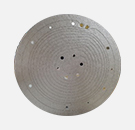 |
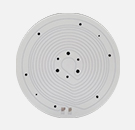 |
 |
| Reached Temp | 150℃ | 150℃ | 150℃ |
| Reached time | 5min30sec | 5min20sec | 5min30sec |
| 150℃ Reached power consumption |
65W | 52W (19.9%) | 53W (18.4%) |
| Power per hour | 129W | 129W (0.4%) | 120W (7.3%) |
Energy efficiency
- Increase energy efficiency by optimizing printing and resistance
- Example 1) shortened the arrival time compared to the wire heater
- Example 2) reduced power consumption compared to the wire heater.
Efficiency can be increased even more when applying insulation

High power
- With the technology to control the print pattern and thickness, it is possible to easily manufacture a heater with high power.
